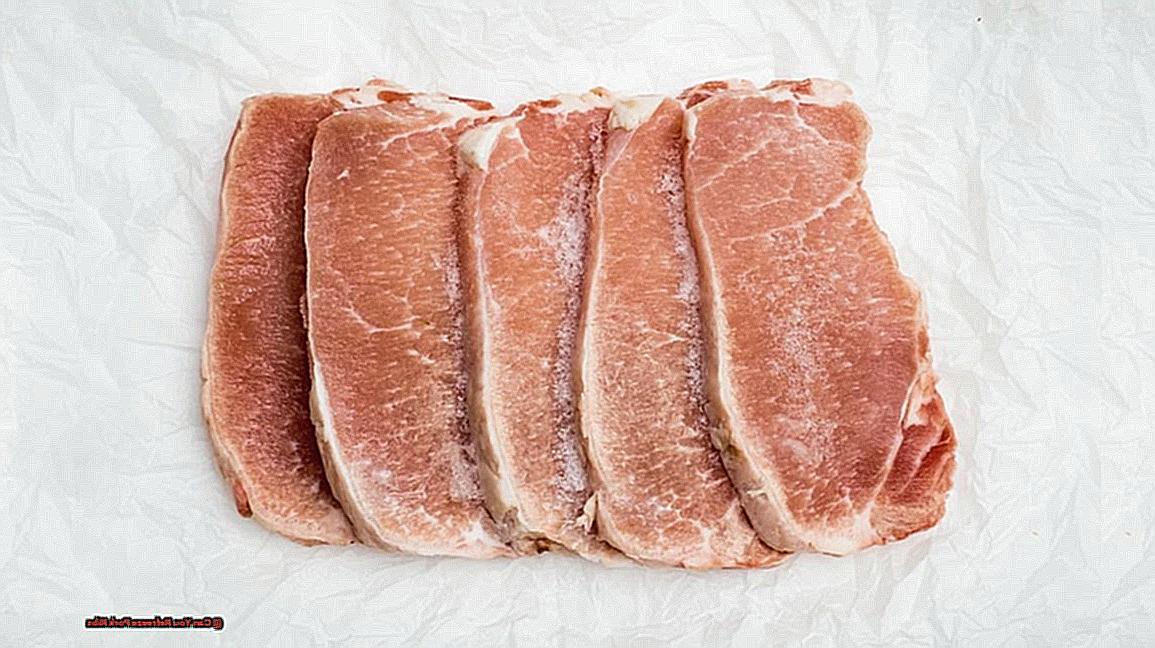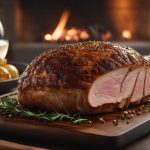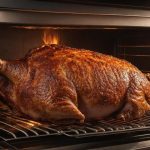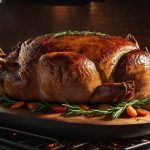Welcome to our culinary corner, where we dive into the delectable world of cooking. Today, we’re tackling a common conundrum in the kitchen – refreezing pork ribs. Whether you’re a seasoned pro or just getting your feet wet in the culinary realm, understanding how to handle and store meat is crucial. The topic of refreezing pork ribs can spark heated debates, with some claiming it’s safe while others caution against it. In this post, we’ll delve into the science behind refreezing meat and provide practical tips on safely refreezing your pork ribs without compromising their quality or safety. So grab your apron and get ready to become an expert on all things related to refreezing pork ribs. Here’s what you can expect to learn:
- The fundamentals of freezing and thawing meat
- The potential risks associated with refreezing pork ribs
- Proper storage and thawing methods for optimal flavor and safety
- Expert advice for maximizing the potential of your frozen pork ribs
Contents
Why refreezing pork ribs is not often recommended?
It is not often recommended to refreeze pork ribs due to the potential for bacterial growth and negative effects on texture and flavor.
When thawed, meat can attract bacteria at room temperature, increasing the risk of foodborne illnesses. To minimize this risk, it is important to thaw meat in the fridge and cook it immediately.
Refreezing can also impact the taste and texture of the ribs, resulting in a less enjoyable eating experience. Furthermore, the process of freezing and thawing can lead to freezer burn, which can significantly decrease the quality of the meat.
Additionally, fully cooked ribs are safer to refreeze than those that are only partially cooked.
Refreezing deteriorates the pork ribs quality
It is important to note that refreezing pork ribs can have a detrimental impact on their quality. When meat is frozen and then thawed, the formation of ice crystals can cause damage to the cell walls. As a result, the texture becomes mushy, and the flavor becomes dull. Refreezing pork ribs multiple times can exacerbate this effect, resulting in a loss of tenderness and taste.
Additionally, refreezing can also lead to freezer burn, which occurs when air comes into contact with the meat and causes it to dry out. This can significantly affect the texture of pork ribs, making them tough and unappetizing.
Moreover, refreezing pork ribs also poses a risk for food poisoning. When meat is thawed and then refrozen, any bacteria that may have been present before freezing can multiply. This can potentially cause illness if the meat is not cooked properly.
To avoid these negative effects, it is best to only freeze pork ribs once after they have been cooked. If there are any leftover cooked ribs, it is recommended to store them in the fridge and consume them within 3-4 days. If one chooses to refreeze them, it is essential to thaw them in the fridge before cooking again and avoid leaving them at room temperature for an extended period.
To summarize the effects of refreezing on pork ribs:
| Effect of Refreezing on Pork Ribs | Description |
| Texture | Becomes mushy due to damage caused by ice crystals on cell walls |
| Flavor | Becomes dull due to damage caused by ice crystals on taste cells |
| Freezer Burn | Dries out meat, making it tough and unappetizing |
| Food Poisoning Risk | Bacteria can multiply and cause illness if meat is not cooked properly |
So, it is crucial to avoid refreezing pork ribs to maintain their quality and ensure food safety.
Can you refreeze cooked ribs?
Refreezing cooked ribs after they have been thawed is not a recommended practice.
Furthermore, refreezing can lead to freezer burn, which can negatively impact the quality of the meat.
Can you freeze uncooked spare ribs?
Absolutely. Freezing spare ribs is an excellent method to keep them fresh and extend their shelf life. However, there are essential aspects to consider when freezing uncooked spare ribs to maintain their safety and flavor.
It’s crucial to note that the quality of the ribs can be affected by the length of time they are frozen. Freezing can cause changes in color, texture, and taste, so it’s best to consume the ribs within a reasonable time for the best flavor and texture.
Moreover, proper storage is crucial before freezing to ensure the ribs remain safe to eat. To preserve spare ribs, the most effective method is to vacuum seal them and wrap in aluminum foil to block out light. This prevents freezer burn and maintains the meat’s quality.
According to USDA guidelines, pork ribs can be safely stored in the freezer for four to six months. However, this may vary depending on the type of ribs. Country-style and spare ribs have more meat on the bone and can last longer than baby back ribs, which dry out faster due to their smaller size.
When cooking frozen spare ribs, it’s recommended to thaw them overnight in the fridge before grilling or baking at 350 degrees Fahrenheit. Ensure the internal temperature reaches 145 degrees for safe consumption. Cooking times may vary depending on the type of ribs, with baby back ribs requiring less time due to their smaller size.
In conclusion, freezing uncooked spare ribs is a safe and effective way to preserve them for later use. By following proper storage techniques and cooking guidelines, you can enjoy delicious spare ribs any time of year without worrying about their safety or quality.
How to Freeze and Thaw Pork Ribs?
The most effective approach to freeze and thaw pork ribs while maintaining their flavor and texture can vary depending on personal preference and available resources. However, the safest and most efficient method is to use a microwave for thawing and a refrigerator for storage.
Thawing in the microwave is a quick and efficient way to defrost frozen ribs. Below is a step-by-step guide on how to do so:
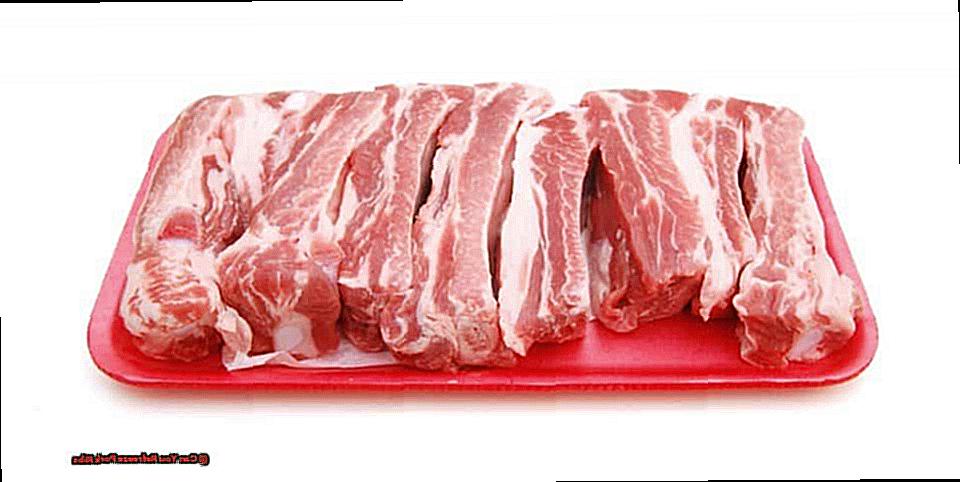
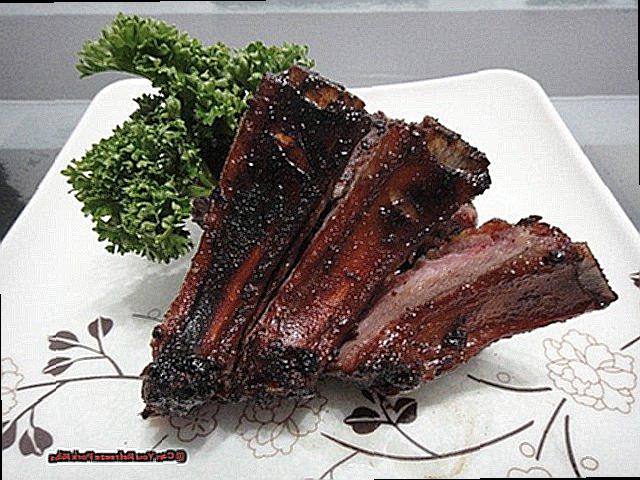
| 1. | Place the frozen ribs on a microwave-safe plate, ensuring they are not stacked on top of each other. |
| 2. | Select the “defrost” setting or 50% power on your microwave. |
| 3. | Defrost the ribs in 2-3 minute intervals, flipping and rearranging them after each interval. |
| 4. | Frequently check the ribs to ensure even thawing. |
| 5. | Once fully thawed, cook immediately or store in the refrigerator for 3-5 days. |
On the other hand, thawing in the fridge is the safest method as it minimizes the risk of bacterial growth. Here is a guide on how to properly thaw ribs in the fridge:
| 1. | Place the frozen ribs in an airtight container or wrap them tightly with plastic wrap. |
| 2. | Store the ribs in the fridge on a low shelf to avoid cross-contamination with other foods. |
| 3. | Allow the ribs to thaw for 24-48 hours, depending on their size. |
| 4. | Once thawed, cook immediately or store in the fridge for 3-5 days. |
If you are short on time, you can also use the cold water method to thaw frozen ribs. Here is how to do so:
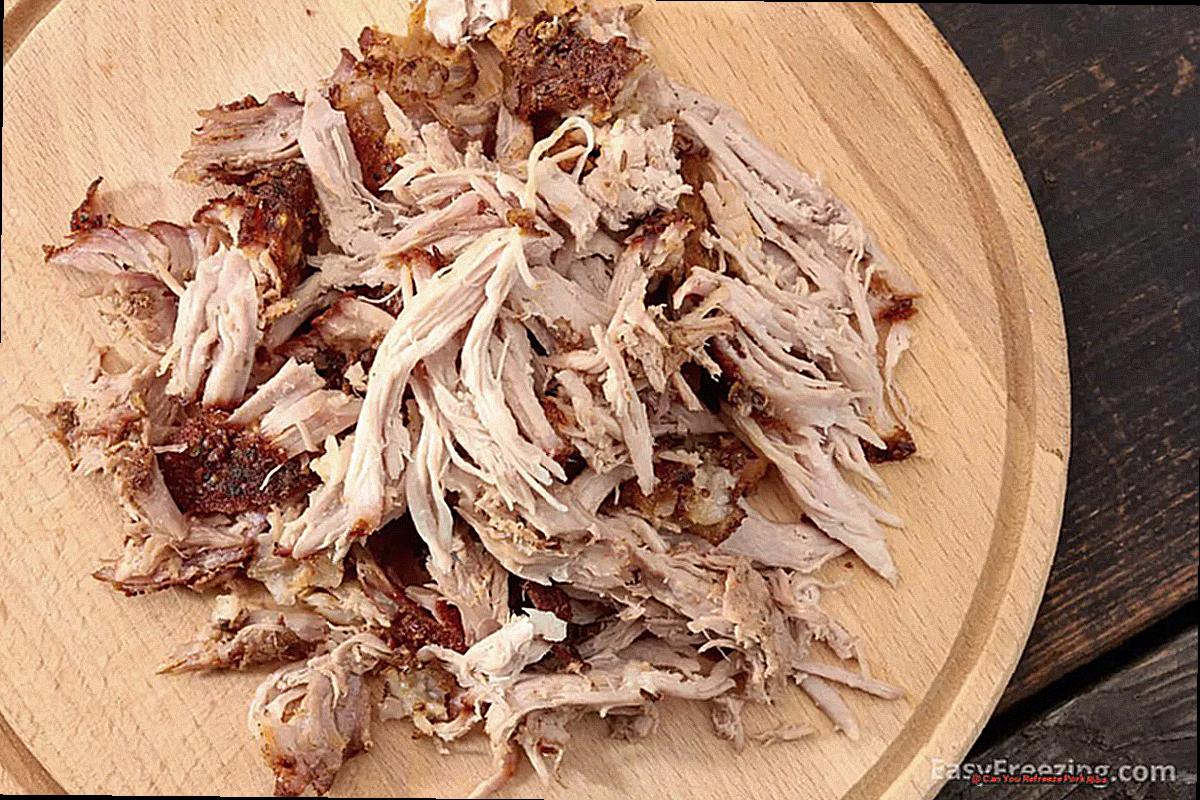
| 1. | Place the frozen ribs in a leak-proof plastic bag, ensuring there are no holes or tears. |
| 2. | Submerge the bag of ribs in a bowl or sink filled with cold water. Change the water every 30 minutes to keep it cold. |
| 3. | Thawing should take approximately 30 minutes per pound of ribs. |
| 4. | Cook immediately after thawing or store in the refrigerator for 3-5 days. |
How many times can you refreeze ribs?
While it is generally deemed safe to refreeze pork ribs, it is not advisable to do so on multiple occasions. Repeated thawing and refreezing can adversely impact the texture and quality of the ribs. Furthermore, there are safety concerns when thawing and refreezing at room temperature. Freezing can also lead to freezer burn, which can significantly affect the flavor and quality of the ribs.
To minimize the impact on the ribs, it is best to thaw them in the refrigerator before refreezing. This allows for a slower thawing process that reduces the risk of bacterial growth and preserves the meat’s quality. If you need to refreeze pork ribs, it is recommended to use a vacuum seal to minimize freezer burn.
Additionally, it is crucial to note that cooked pork ribs can also be safely refrozen, but should not be left at room temperature for more than 2 hours. Proper storage and thawing methods are vital in maintaining the quality and safety of pork ribs.
The table below summarizes the recommended methods for thawing and refreezing pork ribs:

| Thawing Method | Refreezing Method | Notes |
| Refrigerator | Refrigerator or vacuum seal | Slower thawing process, reduces risk of bacterial growth |
| Microwave | Use immediately | Quick results but may affect texture |
| Room Temperature | Not recommended | Safety concerns with bacterial growth |
| Cooked Ribs (left at room temperature) | Refrigerator or vacuum seal | Safe to refreeze but should not be left at room temperature for more than 2 hours |
Can you freeze smoked ribs?
If you’re wondering if you can freeze smoked ribs and still enjoy their full flavor and texture, the answer is yes. By vacuum sealing or tightly wrapping them in heavy-duty foil before storing them in the freezer, you can reduce moisture loss and prevent freezer burn. This ensures that your ribs will remain juicy and tender even after being frozen.
To further enhance the flavor and quality of your ribs, here are some additional steps you can take:
- Before freezing, season your ribs with salt and pepper to bring out their best taste.
- To prevent the ribs from sticking together during freezing, use a cookie sheet lined with parchment paper or foil.
- For optimal results, freeze your ribs for up to 3 months.
- To properly thaw your ribs, place them in the refrigerator overnight before cooking.
- Avoid refreezing your ribs as this can affect their taste and texture.
Here is a table summarizing the recommended steps for freezing smoked ribs:
| Step | Description |
| 1 | Season ribs with salt and pepper |
| 2 | Vacuum seal or wrap tightly in heavy-duty foil |
| 3 | Place on a cookie sheet lined with parchment paper or foil |
| 4 | Freeze for up to 3 months |
| 5 | Thaw properly in refrigerator overnight before cooking |
| 6 | Avoid refreezing to maintain flavor and texture |
By following these steps, you can ensure that your smoked ribs remain flavorful, juicy, and tender even after being frozen. It’s important to keep in mind that while freezing smoked ribs is a great way to preserve them for later consumption, it’s best to enjoy them within 3 months for optimal quality.
Conclusion
In conclusion, mastering the art of handling and storing meat is essential for any cook, regardless of their level of experience. The debate over whether it is safe to refreeze pork ribs has been ongoing in the culinary community.
However, after delving into the scientific explanations behind refreezing meat and providing practical tips on safely refreezing pork ribs without compromising their quality or safety, it is best to err on the side of caution and avoid refreezing them.
Refreezing can lead to bacterial growth and adversely affect the texture and flavor of the ribs. It is crucial to freeze them only once after they have been cooked and consume any leftovers within 3-4 days. Furthermore, freezing uncooked spare ribs is a reliable method for preserving them for future use, but proper storage techniques must be followed.
When thawing and refreezing pork ribs, it is vital to use appropriate methods such as thawing in the fridge or using a microwave. Repeated thawing and refreezing can compromise the quality of the ribs, so it is best to refrain from doing so.
Additionally, while smoked ribs can be frozen without losing their flavor and texture, it is recommended to consume them within 3 months for optimal results.

